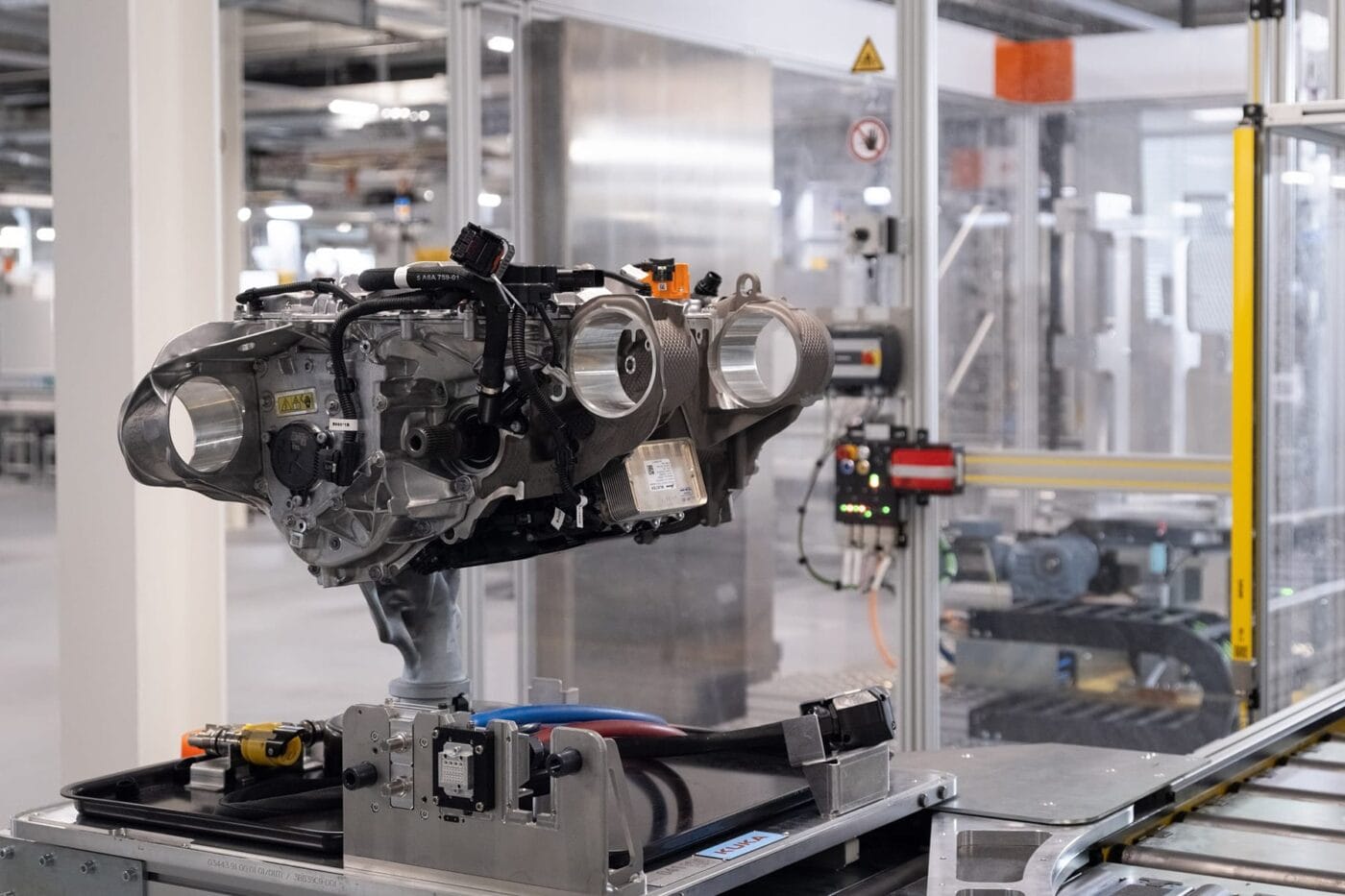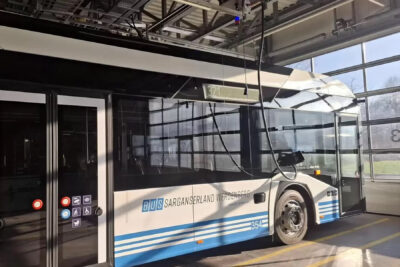BMW kicks off serial drive production in Steyr
For example, BMW manufactures the fifth-generation electric drive systems at its Dingolfing plant in a separate hall not far from the vehicle production facility, and this will continue to be the case for the existing models based on the multi-energy platforms. The Gen6 drives for the ‘Neue Klasse’, on the other hand, will come from Austria. BMW presented details of the drive systems in February. However, it is still SSM technology (current-excited synchronous machine), which works without permanent magnets. Pre-series production of the drives has been underway since September 2024.
The production of the new electric drives involves a predominantly, but not entirely, Austrian supply chain. BMW manufactures the central components, such as the rotor, stator and even the inverter itself, in Steyr and the electrical steel is sourced from Voestalpine at the Linz plant. In final assembly, however, all these components are installed in an aluminium housing that comes from the BMW foundry in Landshut and is brought to Steyr from there.
While BMW has already manufactured many components itself for Gen5 production (again with aluminium housings from Landshut, for example), the internal production of the inverters for Gen6 is a novelty. This is because the Austrian motor plant is also entering the field of electrical engineering and has set up its own clean room environment in which the inverters are built. The component, often referred to as power electronics, transforms the direct current from the battery into alternating current for the electromagnet in the stator of the drive (in line with the current power requirement of the drive). This must not only be done as precisely as possible, but also efficiently – conversion losses in the form of waste heat are then not available for the drive and must be dissipated with a larger cooling system. In the Gen6, BMW not only relies on an 800-volt system voltage, but also on more efficient semiconductors made of silicon carbide (SiC) instead of pure silicon.
BMW has set up two new assembly lines in Steyr to assemble the components, with a total of 1,000 people working in the new electric drive production facility. BMW itself compares the production concept of the Gen6 drives to a modular system. “The overall production concept for the Gen6 e-drive follows the principle of a modular system, making it possible to produce different highly flexible electric drive train derivatives for the entire range of Neue Klasse models. The modular concept generates positive economies of scale and cost savings in both development and production,” wrote the manufacturer.
The new drives from Steyr are intended to lead to particularly good driving characteristics in the ‘Neue Klasse’ electric cars, which stand out from the current generation of electric drive systems, starting with the iX3 from Debrecen, followed by the electric saloon (presumably called i3) from Munich. In the press release, BMW gives an example of the future iX3 xDrive 50 compared to a fifth-generation xDrive model: “Energy loss is reduced by 40 percent, costs by 20 percent and weight by 10 percent. All this makes a significant contribution to the approximately 20 per cent increase in overal l vehicle efficiency,” explained Martin Kaufmann, Head of Global Drive Development at BMW AG. The iX3 xDrive 50 is expected to achieve a WLTP range of up to 800 kilometres. The world premiere of the iX3 xDrive 50 will take place shortly before the IAA Mobility at the beginning of September.
“Today, we are laying the foundations for the future of the BMW Group,” said BMW Board Member for Production Milan Nedeljković on the occasion of the start of series production. “As the first production site for the Gen6 electric drive, Plant Steyr is central to the Neue Klasse and the continued development of our global production network.” Klaus von Moltke, Head of Engine Production at BMW AG and Head of the Steyr plant, added: “What we are launching here today is more than just a production ramp-up. It is a firm commitment to Europe, to technology and to the future.”





0 Comments